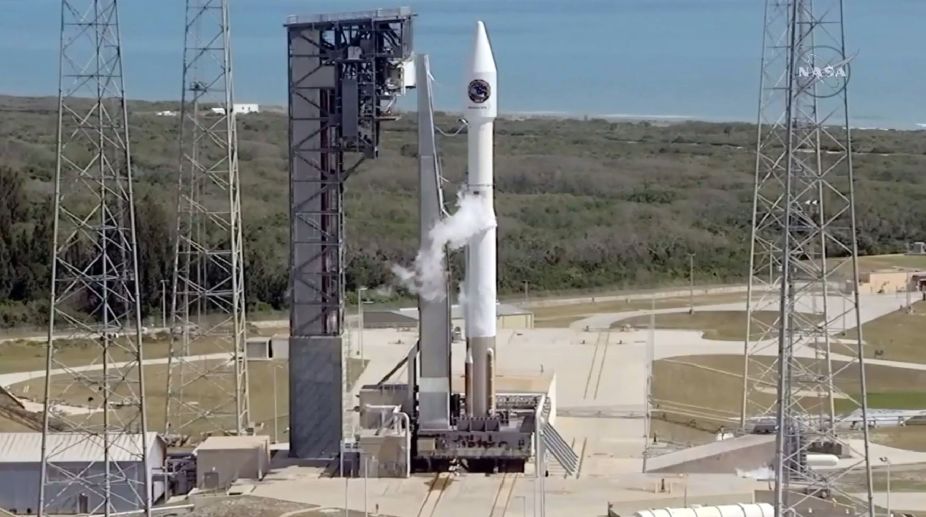The Indian space agency has stepped up the “robustness” of its Polar Satellite Launch Vehicle (PSLV) scheduled to go up next month, a senior official said
The move by the Indian Space Research Organisation (ISRO) comes after the non-separation of the heat shield of the PSLV-XL rocket that was launched on Aug 31, 2017, resulting in failure of the mission.
Advertisement
“We are not tense about the upcoming December rocket launch after the failure of the previous mission. While the study as to the cause of failure of the earlier rocket is on, we have increased the robustness of the next rocket,” K. Sivan, Director, Vikram Sarabhai Space Centre, told IANS.
As a result of the failure, the navigation satellite IRNSS-1H could not be put into orbit. The satellite was a substitute for IRNSS-1A that is facing some technical problems.
The Indian space agency will be launching its Cartosat cartography satellite next month, along with 30 small satellites, Sivan said.
“It is still surprising and baffling as to why the earlier rocket did not perform as planned,” Sivan said.
When queried about the comparison of test and flight parameters of the failed PSLV rocket and with that of other PSLV rockets that flew earlier, Sivan said they were normal and there were no major deviations.
“For every system, there is a margin of variance on both the positive and negative sides. Where an individual system performance is on the negative variance side but within the permitted levels, the system would still work well,” Sivan said.
“But if the performance of two or more systems in a rocket falls on the negative side but within the permitted level, the final outcome may not be as per the initial plan,” Sivan explained.
ISRO is also further tightening the allowable dispersion, or variance from the ideal performance parameter, for all the systems in its next PSLV.
He said the failure in August was not due to a design fault.
Sivan said the failure of the pyro elements could be the reason for the non-separation of the heat shield.
Normally, the heat shield would separate after on-board computers give the command to ignite the explosives. The explosives would then ignite and explode to separate the two parts of the heat shield joined by bolts.
According to Sivan, the pressure did not build to the required levels in the systems to separate the heat shield.
Queried about the status of the next PSLV rocket, Sivan said the stages/engines are getting ready and by the month end all of them would be at India’s rocket port at Sriharikota in Andhra Pradesh, around 105 km from here.
“There will be more tests on the rocket’s systems before it is launched into space,” Sivan said.
Meanwhile, the Failure Analysis Committee set up to find out the reason for the non-separation of the heat shield is expected to submit its report soon.











